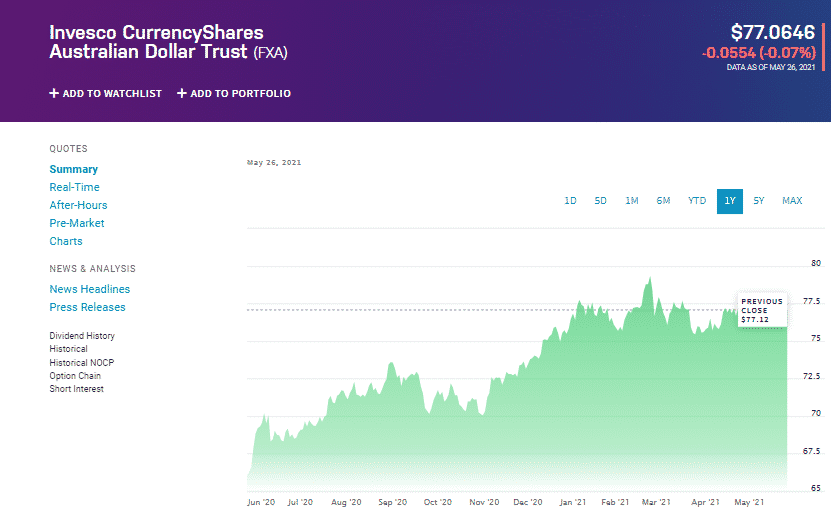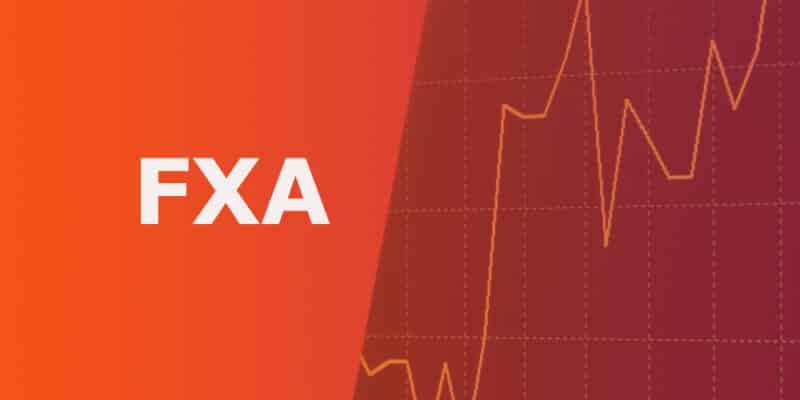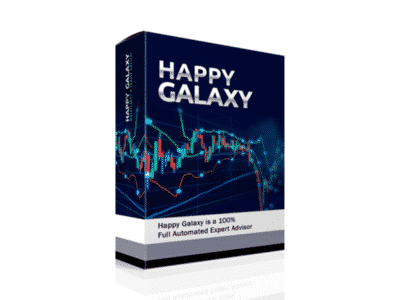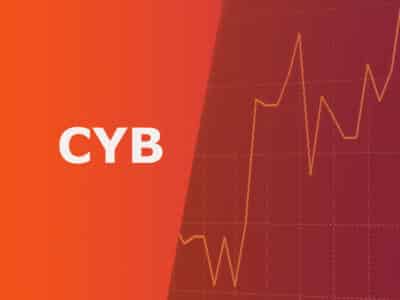ETF full name: Invesco CurrencyShares Australian Dollar Trust Fund
Segment: currency
ETF provider: Invesco
|
FXA key details |
||
| Issuer | Invesco | |
| Inception date | June 21, 2006 | |
| Expense ratio | 0.4% | |
| Average Daily $ Volume | $2.12 million | |
| Investment objective | Hedge | |
| Investment geography | Currency | |
| Benchmark | AUD/USD Spot Exchange | |
| Net Assets under Management | $138.6 million | |
| Market Cap | $262 million | |
| 52 Week High/Low | $79.55 | |
About the FXA ETF
At the end of June 2006, the launch of the Invesco CurrencyShares Australian Dollar Trust Fund, FXA, to the general investment world as a hedging alternative occurred. As a result, investors now had an investment asset to bet against the green buck.
The FXA fund is a non-diversified fund comprising a single currency, the Australian dollar. It is one of the currency ETFs with a low 60-day average spread, 0.03%.
FXA fact-set analytics insight
The primary purpose of the Invesco CurrencyShares Australian Dollar Trust Fund is to replicate as closely as possible the performance of the “Aussie dollar” performance after expenses. Therefore, the FXA provides investors exposure to the Aussie dollar and its coupled interest rates.
To fulfill its investor objective, this fund holds Aussie dollars in a deposit account at JPMorgan, which allows for closer tracking of the AUD/USD spot exchange.
However, the FXA deposit account has the following limitations:
- Non-insured deposit, which effectively increases the account’s JPMorgan default risk.
- Increased holding cost due to normal income taxation rates for FXA distributions and share sales, regardless of the holding period.
- Unlike its benchmark spot exchange, AUD/USD, this currency ETF does not offer overnight lending rates.
- The FXA fund manager does rebalancing quarterly.
The fund has a negative correlation to the US Dollar. It increases in value on the decline of the green buck and slides on the dollar’s value appreciation.
FXA annual performance analysis

In the whole world, the Pacific Islands was the best-prepared region in disaster management, at least the pandemic way, if the Coronavirus revealed anything. Australia is one of the countries in the Pacific’s endured a relatively more specific pandemic period compared to many in the globe.
The graph above shows that this currency ETF bullish trend presence is in the last 12 months. Thus, investors holding the Aussie with American investment got an opportunity to hedge against the Covid19 effects and enjoy returns of $15.9% with the FXA.
Come the resurgence of the American economy on the back of Covid19 inoculation, and the value of the Australian dollar so far defies by remaining in the green, 0.15%.
The FXA exchange-traded fund boasts $138.6 million in assets under management.
FXA ETF RATING |
|||||
|
Resource |
ETF DATABASE | ETF.com/FXA | MarketWatch | Morningstar.com | |
|
IPO Rating |
A- | B | 3 | N/A |
N/A |
|
IPO ESG Rating |
N/A | N/A | N/A | N/A |
N/A |
FXA key holdings
Invesco CurrencyShares Australian Dollar Trust Fund is a single forex spot exchange ETF. Therefore, rather than having underlying assets like other ETFs, it holds the Australian dollar in a deposit account.
Through the deposit account, the FXA can track more accurately the performance of the AUD/USD pair and provide a cost-efficient and relatively lower risk way of investing in the FX. The fund manager also engages the deposit account in index swaps, options trading, and futures contracts trading.
Industry outlook
While still in the red, year-to-date, the chart shows a market re-correction of the FXA with the prices flirting with the year open level, which is a significant resistance level. A look at the corresponding EUR/USD spot exchange reveals a similar setup.
According to data from IHS Markit on PMI, the eurozone demand for goods and services is up by approximately 58.4%, which is the sharpest rise in rate for the last 15 years. Thus, the FXA is in a strategic position being the Eurozone’s primary currency, to cash in on this post-pandemic economic growth and attain new heights.















Comments